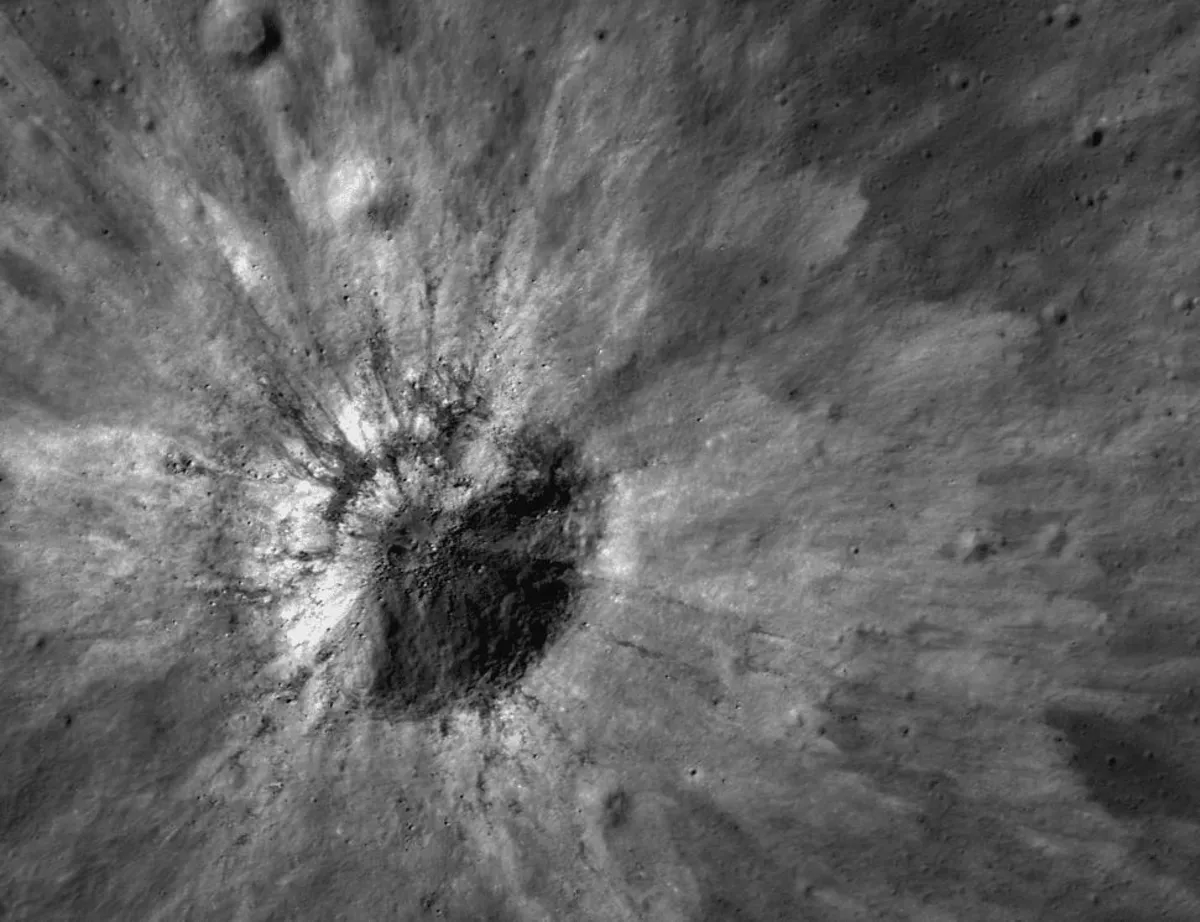
A recent study analyzing satellite scans of the Moon's deepest craters has unveiled some surprising and potentially chilling results that could significantly impact plans for future lunar colonization. Researchers from the University of Hawaii at Mānoa, in collaboration with their partners, have revisited data from the ShadowCam aboard the Korea Pathfinder Lunar Orbiter (KPLO). This new analysis has led to revised estimates regarding the presence of water ice deposits found in the Moon’s permanently shadowed regions (PSRs).
The latest scans indicate a notably lower quantity of ice deposits than previously estimated, which could pose significant challenges for future lunar colonies that rely on local resources. In 2018, initial findings from the University of Hawaii suggested that approximately 30% of the surface area within the PSRs contained water ice. This discovery was considered a game-changer for sustainable lunar exploration. However, the recent analysis indicates that the upper limit of water ice deposits could be as low as 20%, thereby diminishing the potential for water production and life support systems essential for future lunar inhabitants.
The quest for water ice on the Moon has been a critical goal for various lunar exploration missions. Water is a fundamental resource necessary for sustaining human life on the Moon, serving multiple functions such as drinking water, oxygen production, fuel generation, and even the creation of construction materials. In 2018, the University of Hawaii made a groundbreaking discovery of surface-exposed water ice, especially in the PSRs—regions that are perpetually devoid of sunlight.
Utilizing the ShadowCam aboard the KPLO, which was launched in August 2022, the research team conducted an in-depth analysis of the lunar surface and measured the light reflected by water ice within these shadowed craters. Water ice exhibits a higher reflectivity compared to lunar rock, making it an ideal target for remote sensing technologies. Initial scans estimated the water ice content in the PSRs to range between 5% and 30%. However, through meticulous reanalysis of high-resolution images obtained by ShadowCam, graduate student Jordan Ando, working under Dr. Shuai Li, discovered that the reflectivity levels were lower than originally anticipated.
The potential decrease in water ice availability in the Moon’s PSRs presents a significant obstacle for upcoming missions focused on establishing lunar colonies. Access to water is vital, whether for life support systems or for conversion into rocket fuel, making it a crucial factor for long-term lunar settlement. A decline in the availability of surface ice necessitates a reevaluation of strategies for sourcing water and other essential resources for future lunar missions.
As researchers continue to analyze the lunar surface, understanding the reality of water ice deposits will be critical for planning the next steps in sustainable lunar exploration and colonization.